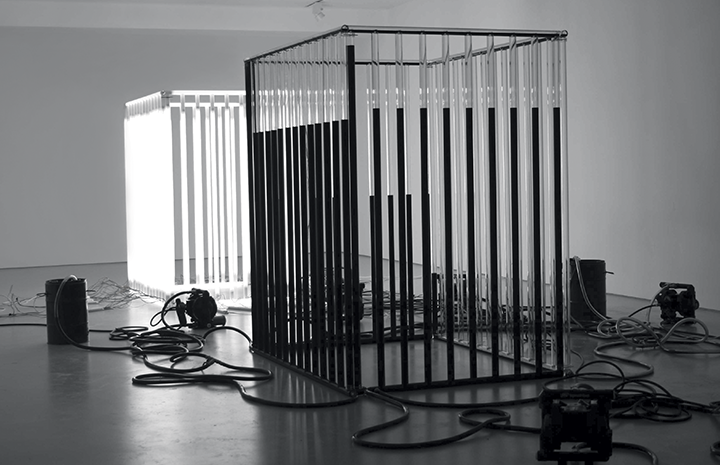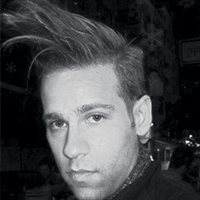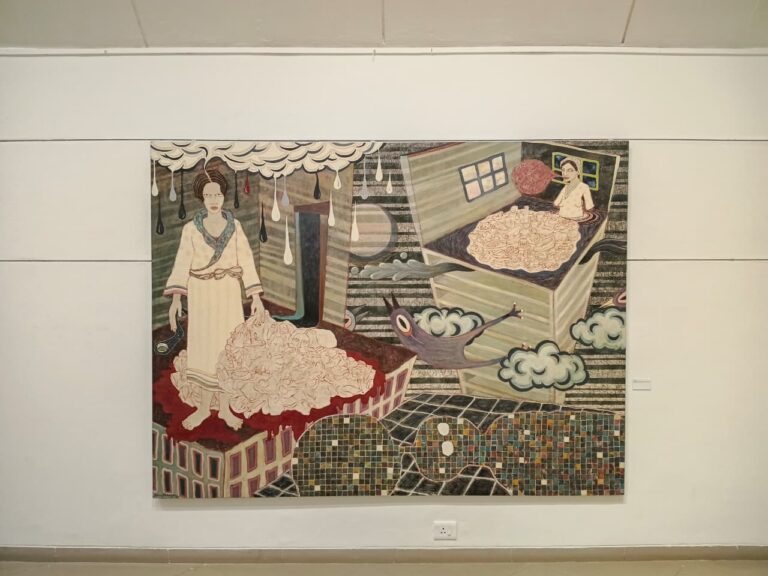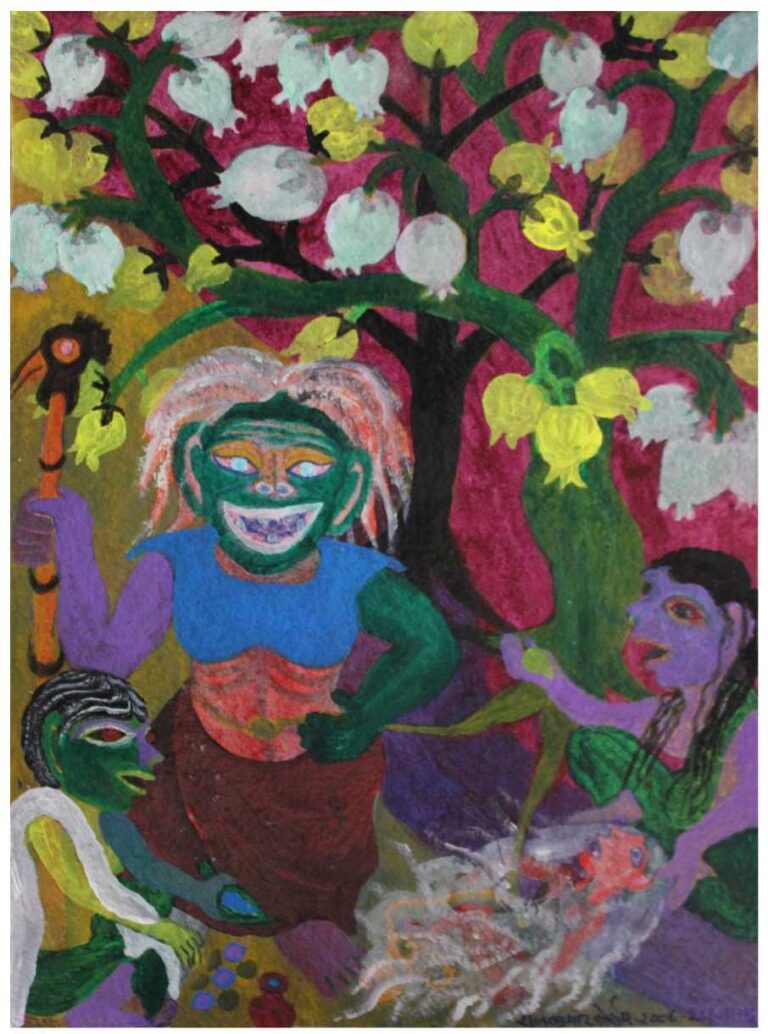
Black does not emit or reflect light; it absorbs all frequencies in the visible spectrum. Colour gives to the eye – by reflecting – while black takes from it. This optical phenomenon has acquired analogous cultural and metaphysical associations. In the West, black is often a symbol for death, loss and absence.
Flags present colour symbolism at its most public. Here too, such connotations: The anarchist standard is completely black. It is meant as ‘no flag’; not ‘flying colours’. It expresses a comprehensive political vision – ‘death’ to the nation-state. As with optics, here black is reductive and totalising; regimes of all hues are collapsed into ‘no government’. As with funeral garb, it announces a threshold, the end of one world and the beginning of another.

When night drew for imperial Russia, its Futurists proclaimed ‘victory over the sun’, staging an opera by that very name in St Petersburg’s Luna Park (1913). It was then that Kazimir Malevich subjected the whole of easel painting – objectivity, perspective, the lining of the coloured sky and more – to a new axiom: The Black Square. This development announced the end of art and the beginning of Suprematism, a movement in the service of revolution.
“I have established the semaphore of Suprematism”, wrote the artist. Semaphore is a system for sending messages over distances using flags. It is likely that Malevich took inspiration from the anarchist banner. Prior to creating the Black Square he, like fellow avant-garde Alexander Rodchenko, had been a contributor to the agit-prop magazine Anarchia.

The black square is an instantiation – and perhaps apotheosis – of the link between art and politics. It is invoked as such by the contemporary Russian artist Andrei Molodkin. His act of quotation both literally and metaphorically sets the tone of artistic communication. This is to say that it is a kind of rhetorical device which delineates the conceptual field: “I am talking politics and, specifically, revolutionary social change.” Moreover, it engages the issue of utopia. Setting oil within the frame of Suprematism invites the viewer to interrogate the former’s connection to such issues.
Oil functions in Molodkin’s work as a semaphore or message-from-afar. It signals the enormity of geological time. Its black morass is sublime reduction, once teeming life in all its colour – a million species of plants and animals – drowned in a single shade. It is an index of mass-extinction. Thus, the artist speaks ‘oil and social change’ not it terms of modern convenience, economic and civil development, but in those of apocalypse. This is to say that he deploys oil as memento mori. The matter is made rather obvious in works that incorporate forms such as the human skull or heart. Elsewhere, twisting clear-plastic hoses protruding from sculptures recall a vascular system. Where their viscous contents are animated by electric pump the effect is that of an artificial life-support system. Again, the invocation of threshold… Just as the theme of temporal extension, and thus memento mori, underpins Molodkin’s aesthetic so does spatial extension. What the anarchist flag could only symbolise – the reduction of many nation-states to a single trans-state – oil has accomplished in practice. Truly global circulation of goods and people, not to mention art, relies on the petro-economy’s health. Transnational politics and sovereignty as we know it cannot be thought apart from it.

Thus we return to the Black Square, Malevich’s axiom for a new-age. Molodkin’s work highlights oil as the first-principle of our own. To quote the title of his recent solo exhibition, it is ‘Liquid Modernity’. The combination of its temporal sublimity and material finitude make it a morbid beginning. It is, in a Sartrean sense, ‘nothingness coiled at the heart of [modernity’s] being like a worm’. Molodkin’s black is both, flag and shroud, the banner of liberation and the sign of death.














